The monitor world is vast and varied, with cutting-edge technology often resulting in high prices. However, you don’t need to empty your wallet to enjoy a quality gaming experience, as around $200 – or so should be enough to get you a great gaming monitor.
Let’s be honest from the get-go: Budget monitors are cheaper for a reason, meaning there are compromises typically in size or advanced features. These affordable displays may not boast the largest screens or the best HDR compatibility, but they often excel in high refresh rates and low input lag, areas crucial for PC gaming.
It’s worth noting that if you’re not in a rush to make a purchase, it can be beneficial to keep an eye on monitors in the $300-400 range as well. Many of these higher-tier displays often see significant price drops during holiday sales and promotional periods, bringing them down to the $200 range. If you encounter such a price drop, use the opportunity to snag a monitor with more advanced features at a budget-friendly price point, getting even more value for your money.
Table of contents
Best gaming monitors (Quick list)
Click Here To View List
5 Best gaming monitors under $200
ASUS TUF Gaming VG249Q1A
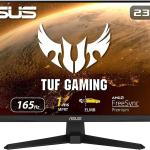
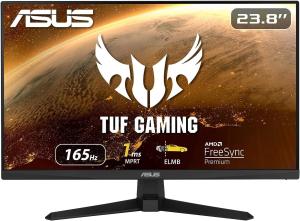
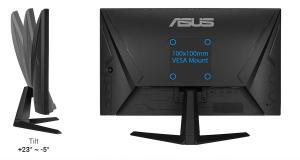
| Key specs | • 23.8-inch monitor • 1920×1080 resolution • 1ms(MPRT) response time |
| What we like about it | • 165Hz refresh rate • Low response time and input lag • Handles reflections well |
| What we don’t like about it | • Not the best ergonomics |
| Where To Buy | • View Buying Options |
This 24-inch IPS monitor packs a punch with its 165Hz refresh rate and low input lag, ensuring smooth and responsive gameplay. While its compact size may not offer the most immersive experience, it compensates with exceptional motion handling and near-tearless visuals.
The only downsides of this monitor are its mediocre contrast ratios and restricted ergonomics due to its stand.
SPECIAL OFFER: Get 6 free months of Amazon Prime with the Prime for Young Adults plan
GIGABYTE GS27QC
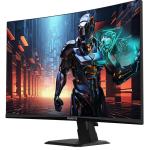
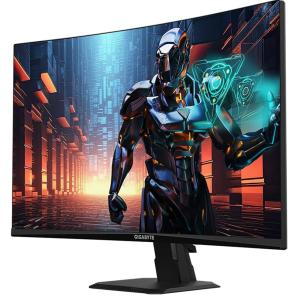
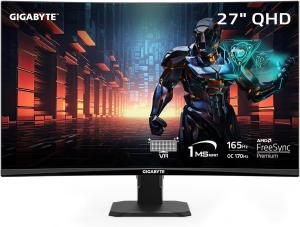
| Key specs | • 27-inch monitor • 2560×1440 resolution • 1ms(MPRT) response time |
| What we like about it | • 165Hz refresh rate • High contrast and fast response time • Decent text clarity |
| What we don’t like about it | • Narrow view angles |
| Where To Buy | • View Buying Options |
The GIGABYTE GS27QC stands out with its 27-inch screen and impressive 165Hz refresh rate. Its high native contrast ratio ensures deep blacks, making it particularly well-suited for atmospheric games and late-night gaming sessions. While the GS27QC shines in dimly lit environments, it does struggle in brighter settings, which may limit its versatility for some users.
Despite its narrow viewing angles and limited ergonomic adjustments, the monitor’s fast response times and low input lag at various refresh rates make it a convincing pick for competitive gamers.
ASUS VG246H
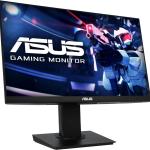
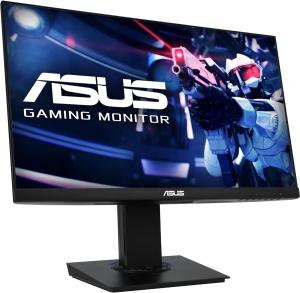
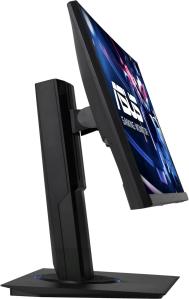
| Key specs | • 23.8-inch monitor • 1920×1080 resolution • 1ms(MPRT) response time |
| What we like about it | • Input lag is low • FreeSync compatible |
| What we don’t like about it | • Low refresh rate |
| Where To Buy | • View Buying Options |
The ASUS VG246H is a versatile monitor, balancing gaming functionality and office practicality. Despite lacking some important stats for gaming, this monitor compensates for its shortcomings with low input lag and FreeSync support.
When it comes to ergonomics, however, ASUS VG246H blows its similarly priced competition out of the water with its highly adjustable stand.
SAMSUNG Odyssey G3
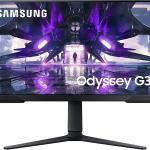
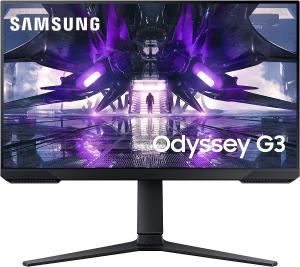
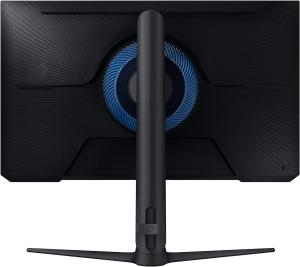
| Key specs | • 24-inch monitor • 1920×1080 resolution • 1ms response time |
| What we like about it | • 144Hz refresh rate • High contrast • FreeSync and G-Sync support |
| What we don’t like about it | • Slower response time than competition |
| Where To Buy | • View Buying Options |
This 24-inch monitor boasts a 144Hz refresh rate and VRR support. Its excellent native contrast ratio delivers deep blacks, making it a solid choice for dimly lit environments.
While the Odyssey G3 excels in some areas, it’s not without its drawbacks. The monitor’s slow response time results in noticeable motion blur, which may disappoint hardcore gamers looking for a smooth performance from their monitor. However, for competitive gamers, SAMSUNG Odyssey G3’s low input lag ensures responsive controls.
Koorui 24E3
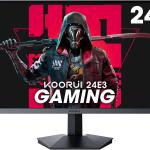
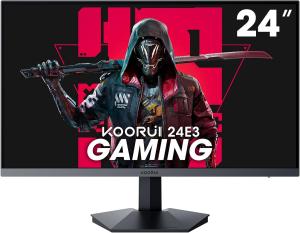
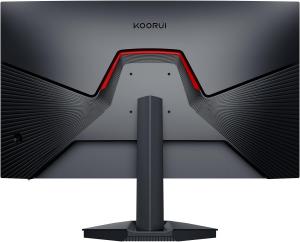
| Key specs | • 24-inch monitor • 1920×1080 resolution • 1ms(MPRT) response time |
| What we like about it | • 165Hz refresh rate • Good stand • Amazing price/performance ratio |
| What we don’t like about it | • Out-of-box-colors are quite bad and need tuning |
| Where To Buy | • View Buying Options |
Koorui 24E3 is one of the most affordable monitors on our list and it over delivers in most aspects. This 24-inch display features a smooth 165Hz refresh rate. The monitor’s stand design was also reworked to a more robust shape, making it more durable overall.
However, The out-of-the-box color calibration leaves much to be desired, requiring user adjustment for optimal viewing.
(Bonus) Best $250-$300 gaming monitors
Acer KG271U
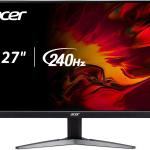

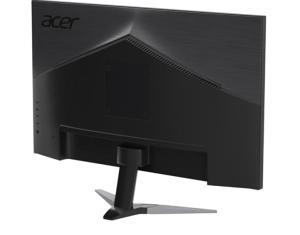
| Key specs | • 27-inch monitor • 2560×1440 resolution • 0.5ms(GTG) response time |
| What we like about it | • 240Hz refresh rate • Impressively low input lag • Great viewing angles |
| What we don’t like about it | • Lacking in terms of black uniformity |
| Where To Buy | • View Buying Options |
Acer KG271U sounds like a “too good to be true” deal. Well, it’s because it is. The Acer KG271U’s normal price tag is closer to $300, but this monitor consistently goes on sale multiple times throughout the year, dropping its price to $180-$200.
Considering its super low response time and high refresh rate with minimal drawbacks, this one’s a great pick for your wishlist so you can snatch it the next time it’s on discount.
LG UltraGear (Editor’s choice)
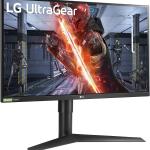
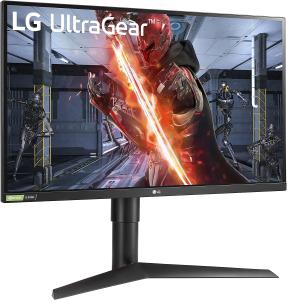

| Key specs | • 27-inch monitor • 2560×1440 resolution • 1ms(GTG) response time |
| What we like about it | • 144 Hz refresh rate • Low response time • Handles reflections well |
| What we don’t like about it | • Weak contrast |
| Where To Buy | • View Buying Options |
This 27-inch monitor supports a 1440p display. Combined with a 144Hz refresh rate, the LG Ultra Gear 27GL83A-B turns into a great all-rounder. The low input lag and high refresh rate combination is enough to satisfy competitive gamers.
While it may not boast the highest refresh rate on the market, it compensates with good brightness levels and reflection handling.
How we came up with this list
As a former competitive gamer, I’ve always understood that every millisecond counts. Over the years, this pursuit has given me a keen eye for what truly makes a gaming monitor stand out.
While the sub-$200 price range naturally involves some compromises, there are still excellent options available that deliver impressive performance with minimal sacrifices. While putting together this list, I tapped into my extensive experience and knowledge to identify monitors that offer the best bang for your buck.
Carefully considering factors such as refresh rate, response time, and input lag, I narrowed down the current best-performing monitors in this price range.
FAQs about computer monitors for gaming
Is a 24-inch monitor better than a 27-inch monitor for gaming?
For esports enthusiasts and competitive gamers, a 24-inch monitor is often the better choice. The smaller screen size allows you to see the entire display without moving your eyes.
However, if all other specifications are equal, a 27-inch monitor can offer significant advantages. These larger displays typically come with higher resolutions, often 1440p compared to the 1080p standard of many 24-inch models. Also, the extra screen real estate of a 27-inch monitor isn’t just beneficial for gaming. It can significantly improve productivity for other tasks like web browsing, content creation, or multitasking.
Why do pros not use 27-inch monitors?
The primary reason for this preference is the ability to view the entire screen without having to move their eyes or head. Split-second decisions can mean the difference between victory and defeat in competitive titles, so having all crucial information within your immediate field of view is important.
When it comes to tournaments, large monitors can also be a logistics problem, as carrying too many 27-inch+ monitors around will be impossible for the staff.
That being said, it’s worth noting that many competitive players do use 27-inch monitors in their home setups, especially when streaming. The larger screen size allows them to interact with their chats and keep track of other information whilst streaming.
Is a curved or flat monitor better for gaming?
Flat monitors are better for competitive titles, while curved displays shine at increasing immersion in environment-focused games.
When sitting centrally, curved monitors reduce viewing-angle issues, providing a more consistent image across the entire screen. However, flat monitors can cause lines to look bent, so they might not be the best choice for visually sensitive work.
If you’re also looking to use your monitor while working, flat monitors will often be the safer bet.










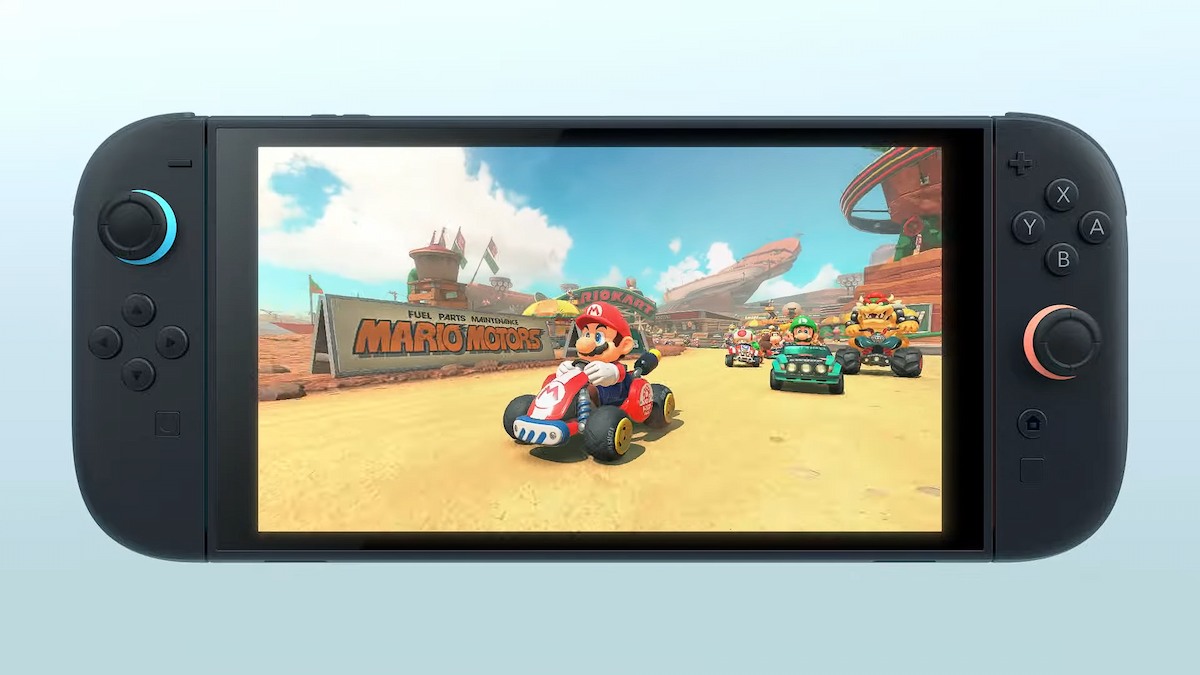
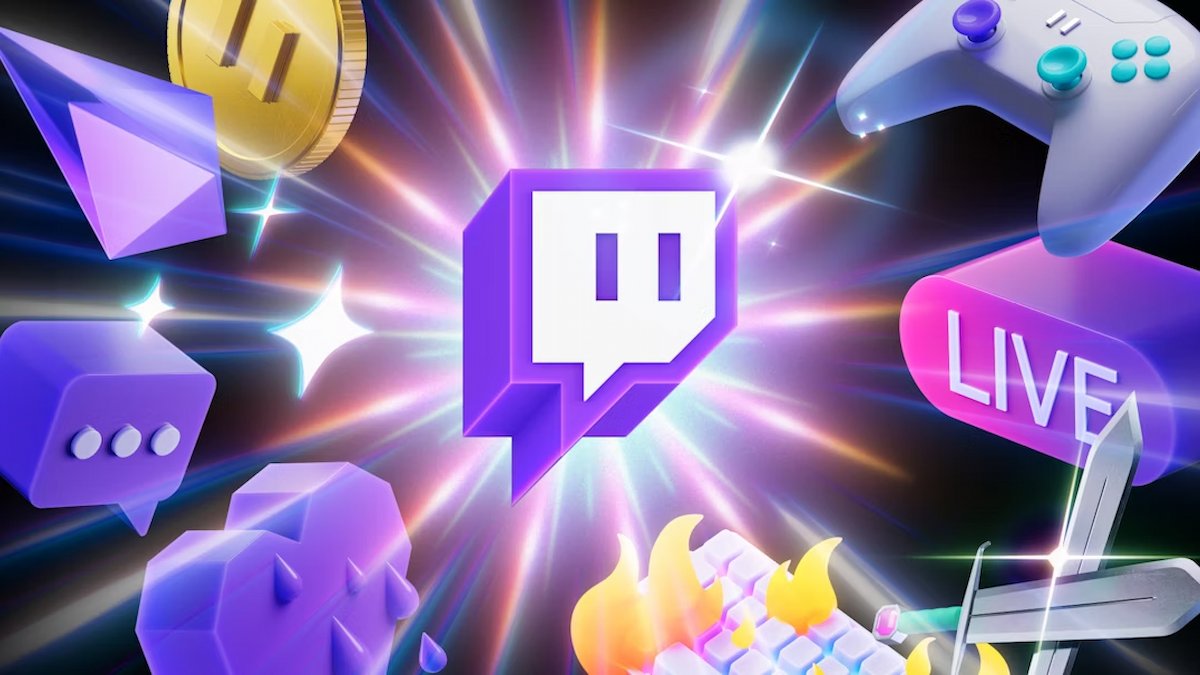

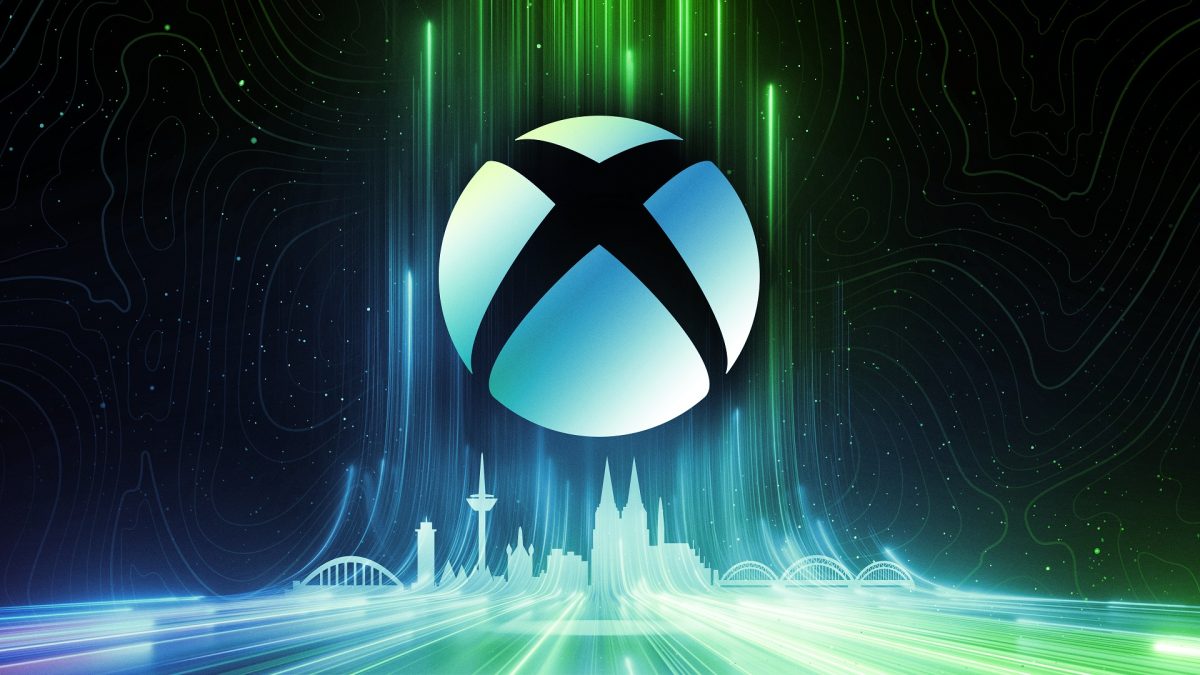

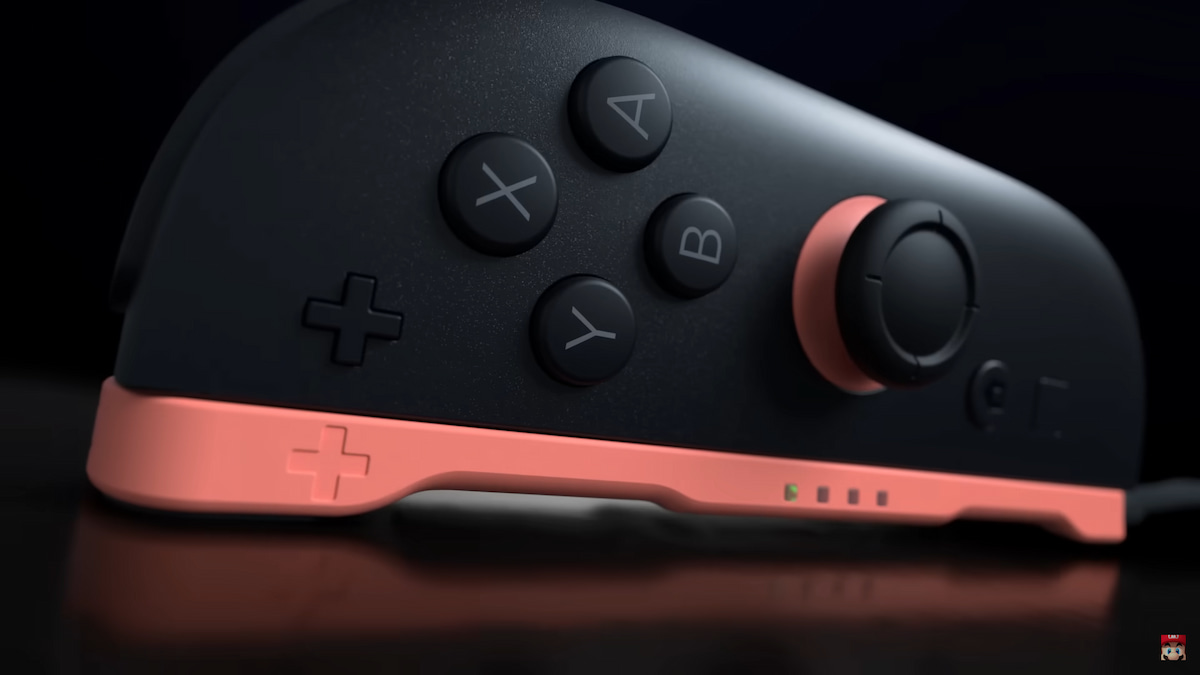
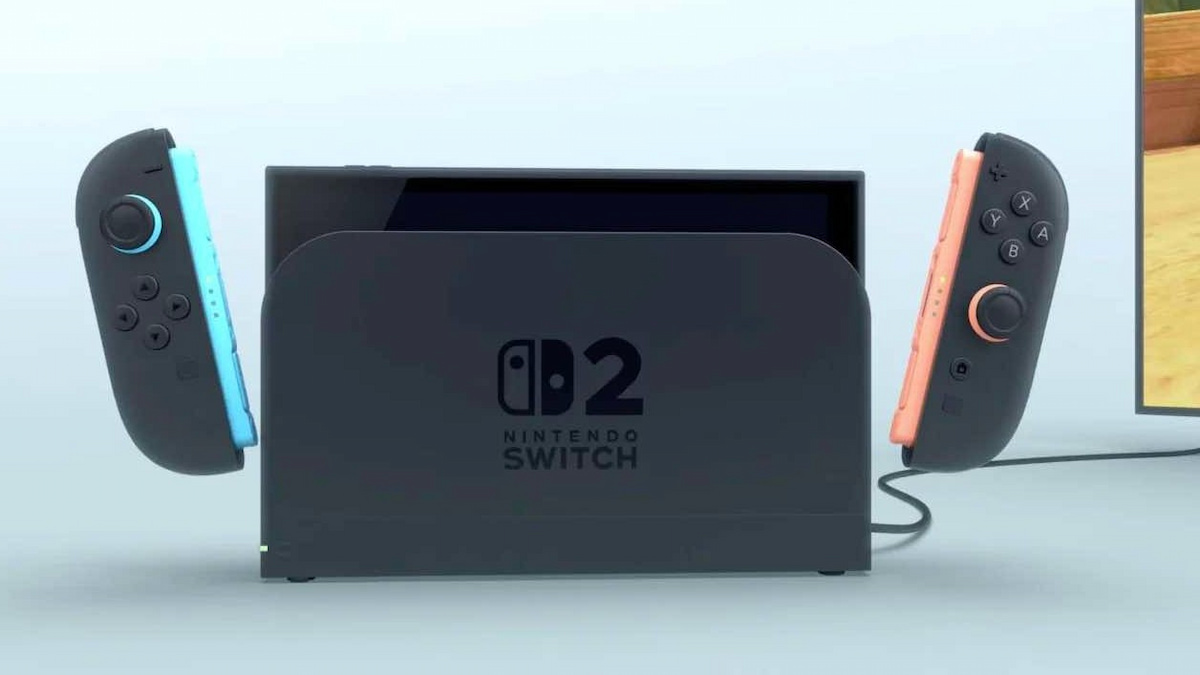
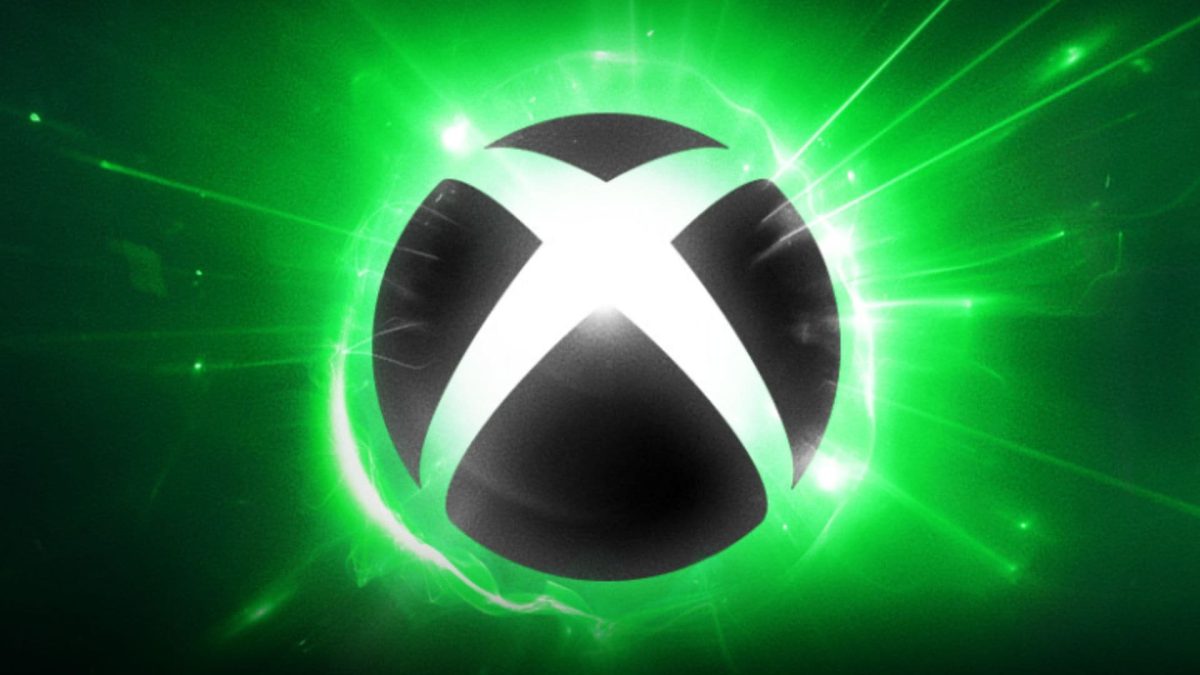

Published: Jul 5, 2024 02:39 pm